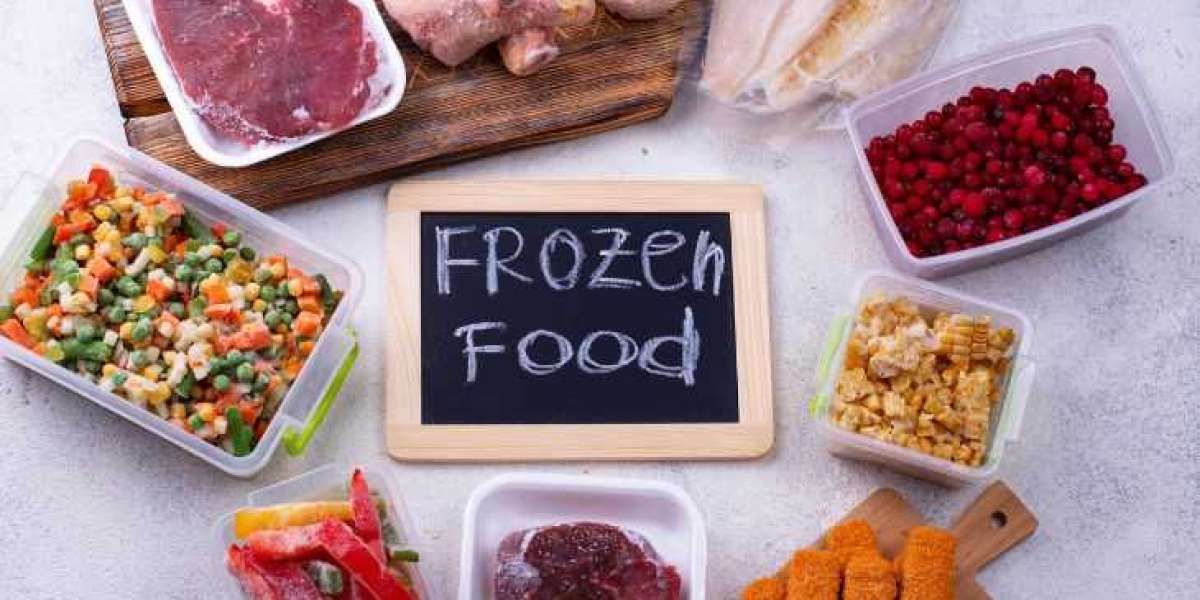In today’s fast-paced world, where time is precious and culinary creativity is in high demand, frozen foods are emerging as the ultimate solution for busy individuals and families alike. What was once seen as a last-minute meal fix has evolved into a reliable source of nutrition, flavor, and convenience. From gourmet entrees to exotic vegetables and ready-to-bake desserts, frozen foods have carved out a space that transcends traditional cooking limitations.
Frozen foods allow consumers to indulge in global cuisines at any time, without worrying about seasonal availability or food spoilage. The rapid advancements in freezing technology have enabled manufacturers to retain essential nutrients, flavors, and textures, making these products just as healthy and appealing as their fresh counterparts. With more health-conscious consumers entering the market, frozen food manufacturers are upping their game with organic, gluten-free, and preservative-free options that make healthy eating not only accessible but also enjoyable.
Expert Insight: Trusted Data from Expert Market Research
According to insights derived from Expert Market Research, the evolution of frozen food consumption is not just a global trend but also a region-specific lifestyle change. For instance, the South Africa Frozen Foods segment has shown a growing affinity for frozen vegetables, snacks, and ready-made meals due to increased urbanization and lifestyle shifts. As more people seek faster meal solutions without compromising on taste or nutrition, South Africa continues to be a noteworthy contributor to the global frozen food movement. Expert Market Research highlights the cultural shift toward convenience and variety, with frozen foods playing a crucial role in meeting modern culinary demands while maintaining cost-effectiveness and accessibility.
The Taste of Convenience: A Culinary Revolution in the Freezer Aisle
Gone are the days when frozen foods were limited to bland TV dinners and soggy peas. Today, your freezer is a gateway to a world of global cuisine—from Italian ravioli to Thai curry and everything in between. With gourmet options becoming mainstream, consumers are redefining the way they think about frozen meals. Quality ingredients, chef-inspired recipes, and international flavors are now staples in the frozen food section.
In fact, the frozen aisle now boasts artisan breads, plant-based protein options, and even smoothie-ready frozen fruit blends, catering to all types of diets and preferences. Whether you're planning a romantic dinner or a family feast, frozen foods ensure that cooking is not just fast but also fabulous.
Why Fresh Isn’t Always Better: The Science Behind Freezing
Many still believe that fresh food is superior to frozen, but science says otherwise. Modern freezing techniques, including flash-freezing and vacuum-sealing, help lock in essential nutrients at their peak. Unlike fresh produce that may lose nutritional value during transportation and storage, frozen food maintains its nutrient density from the moment it’s frozen.
This makes frozen foods a more reliable choice for those looking to eat healthy on a budget. Frozen vegetables, for instance, often have a higher vitamin content than their fresh counterparts that have been sitting in a refrigerator for a week. The same applies to fish and meat, which retain their protein and omega-3 fatty acids when properly frozen.
Frozen Foods Around the World: Regional Preferences and Popular Picks
From spicy samosas in India to buttery croissants in France, frozen food preferences vary widely across regions. In Asia, the focus often lies on frozen dumplings, seafood, and noodle-based dishes, while European nations lean toward frozen bakery goods, pasta, and meats. North American households frequently opt for frozen pizza, mixed vegetables, and pre-marinated chicken products as staple time-savers.
In South Africa, frozen food consumption is steadily rising, driven by a growing working-class population and increasing demand for quick yet nutritious meals. Consumers are embracing the convenience of frozen snacks and ready-made meals, while also turning to frozen vegetables and meats for their affordability and long shelf life. With a stronger retail presence and expanding cold chain infrastructure, South Africa is shaping up to be a pivotal player in the global frozen food landscape.
Latin America, on the other hand, is embracing frozen tropical fruits and pre-prepared ethnic meals, offering a flavorful alternative to traditional fast food. Each region's cultural identity is being preserved and celebrated through the versatility and innovation found in frozen food products.
Healthier Choices, Happier Meals: Busting the Myths
One of the biggest misconceptions about frozen food is that it’s loaded with preservatives and artificial ingredients. But the reality is changing. Today’s frozen food brands are focusing on clean labels, offering low-sodium, low-fat, and organic varieties that are both diet-friendly and delicious. Families no longer have to choose between health and convenience—they can have both.
Moreover, frozen foods also reduce food waste. Since you only use what you need and store the rest, it's a sustainable choice that aligns with modern eco-conscious living. This makes frozen foods an ethical as well as economical addition to any household.











